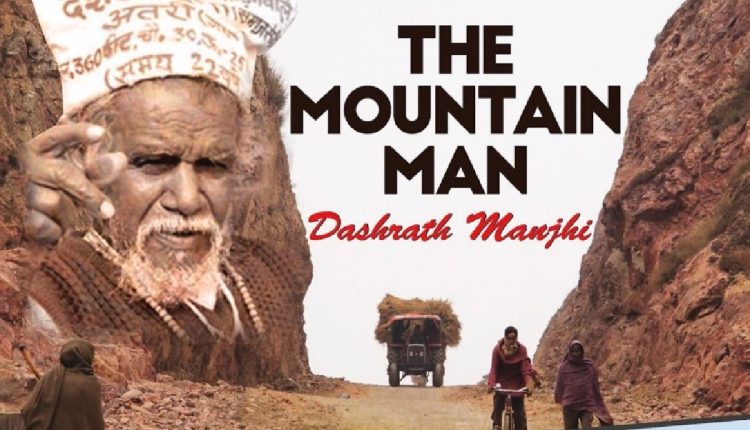When people talk about moving mountains, it’s often metaphorical. But for Dashrath Manjhi, a humble laborer from a remote village in Bihar, India — it was literal.
Armed with nothing but a hammer, chisel, and unwavering resolve, Manjhi spent 22 years chiseling through a mountain — alone — to carve a road that would transform the lives of thousands.
This is not just a tale of endurance. It’s a story of love, loss, social injustice, and an unshakable will to change the world.
The Man Behind the Mountain
Name: Dashrath Manjhi
Known As: The Mountain Man
Birth: 1934, Gehlaur village, Bihar, India
Death: August 17, 2007
Occupation: Daily wage laborer, social visionary
The Tragedy That Changed Everything
In 1959, Dashrath’s wife, Falguni Devi, was severely injured after slipping on the rocky terrain while trying to cross the Gehlaur hills. The nearest medical help was over 55 kilometers away, a journey made longer and more dangerous by the imposing mountain that stood between their village and the town.
She didn’t survive.
Struck with grief and rage at the system that let her die, Manjhi made a vow that would alter history:
“No one else should suffer like she did.”
A Monumental Feat with Humble Tools
With no access to modern equipment, money, or support, Dashrath began chiseling away at the mountain — alone.
What He Did:
-
Started in 1960, completed in 1982
-
Worked day and night — laboring for wages during the day, and carving rock at night
-
Sold his goats for tools
-
Endured mockery, isolation, and poverty
What He Achieved:
-
Carved a road: 360 feet long, 30 feet wide, and 25 feet deep
-
Reduced travel distance from 55 km to just 15 km
-
Gave neighboring villages access to healthcare, education, and markets
From Laughter to Legacy
In the early years, people mocked him, calling him “mad” for attacking a mountain with a chisel. But after two decades of labor, they had to eat their words.
Dashrath’s path brought hope, mobility, and dignity to communities that were once forgotten.
Later in life, he received recognition from the Bihar government, and his efforts inspired national admiration.
Cultural Recognition & Biopic
In 2015, his story reached the silver screen with the Bollywood film Manjhi – The Mountain Man, starring Nawazuddin Siddiqui. The film reignited national awareness of his life and sacrifice, showing younger generations that one person can change the world.
Honors:
-
Road named “Dashrath Manjhi Path” in Bihar
-
Featured in Indian textbooks
-
Received state honors at his funeral in 2007
Life Lessons from the Mountain Man
Dashrath Manjhi’s life offers more than inspiration — it offers life-altering perspective:
-
Perseverance beats power – He had no wealth or status, yet achieved the impossible.
-
Love is the ultimate motivator – His mission started with the loss of his wife.
-
Real change begins with belief – Everyone doubted him… until he proved them wrong.
“When I started hammering the hill, people called me a lunatic, but that only steeled my resolve.” – Dashrath Manjhi
Conclusion – A Legacy Written in Stone
In a world where people wait for change, Dashrath Manjhi picked up a hammer and became the change. He didn’t just break rocks — he shattered the barriers of caste, poverty, and fate.
Today, the road through Gehlaur stands not just as a physical path but as a symbol of human will, forged from heartbreak and transformed into hope.
So the next time you feel your challenge is too great, remember the man who moved a mountain — not with machines or money, but with love, courage, and a chisel.


Comments are closed.